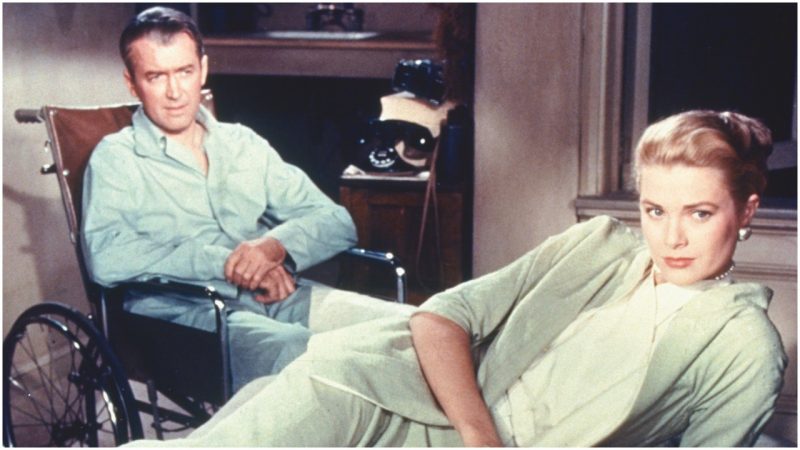Known as the father of horror and the master of suspense, Alfred Hitchcock is regarded as one of the most eminent film directors in cinema history. His masterpieces of the mid-20th century, The Birds, North by Northwest, Psycho, Vertigo, Rebecca, and numerous others, still attract audience and film-student appreciation. Almost all of Hitchcock’s films are highly praised, including the unforgettable 1954 classic Rear Window, starring Grace Kelly and James Stewart.
The premise of the film is simple: Jeff (James Stewart) is a photographer with a broken leg who is recuperating in his New York City apartment. Despite being entertained by the frequent visits of his beautiful girlfriend, Lisa (Grace Kelly), Jeff spends his time spying on his neighbors from his window, and after one peculiar night, he becomes convinced that one of them has committed murder. A man has killed his wife in the apartment across the way, he is convinced. Jeff becomes obsessed with the neighbor and sets himself a goal to discover his identity and the fate of the wife.
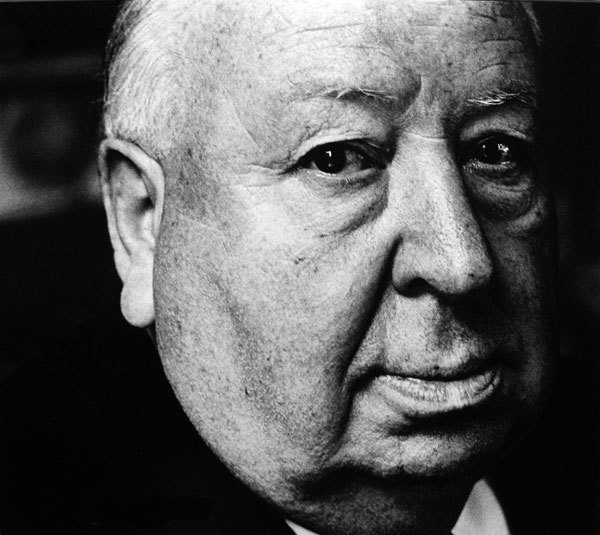
When you speak of movie villains, Hitchcock’s mastery in creating and embodying them on the screen is a given. In fact, one of the reasons for his films’ success is the memorable villains, presented as complex individuals and sometimes victims of their own psychosis. One such character is the wrongdoer in Rear Window, Lars Thorwald, portrayed by the actor Raymond Burr.
What makes the creation of Thorwald even more interesting is it was reportedly shaped by Hitchcock’s animosity for his former producer, David O. Selznick. Hitchcock’s collaboration with Selznick resulted in several classics, including Rebecca, Notorious, and Spellbound, but their professional relationship, marked by constant conflict, left both of them exhausted. The two men were of vastly different temperaments and if it were not for their mutual fondness for Daphne du Maurier’s bestseller Rebecca and desire to adapt it to the screen, they would have never joined forces on the movie set. They continued to work together for seven years, but their relationship was turbulent.

Described as loud and pushy on sets, Selznick’s manner contrasted with Hitchcock’s quiet and meticulous behavior while directing. Selznick considered Hitchcock’s personality indolent and conceited, describing him in an interview for Life magazine as “the slowest director we have had” and a “fundamentally lazy man.” The producer was a hard-working head of the film studio, whose aggressive persona sometimes gave the impression of a control freak.
According to Hitchcock, the director should be the person who led the creative process of filming–working on everything from the script to the props. However, in the Hollywood studios of the 1930s, it was the producers who sat on the film set’s throne, while directors were considered almost technicians whose aesthetic visions and ideas were secondary. Selznick, most famous for being the producer of Gone With the Wind, refused to let go of the strings on Hitchcock’s films. Hitchcock’s resentment for Selznick grew as he believed that the producer interfered too much.
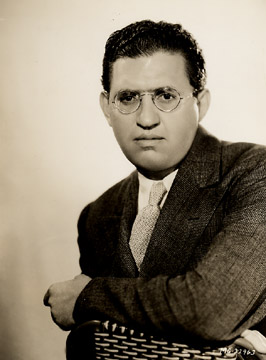
Hitchcock attempted to exercise his independence on Rebecca, the first film that they made together, in 1940. Selznick was horrified to learn that Hitchcock wrote a version of the film that was incredibly different from Daphne du Maurier’s novel, which of course the director didn’t consult him on. The script was returned to being a faithful version of the book. In Hitchcock’s version of this story, for the final scene of Rebecca, as the mansion of Manderly burned, Selznick insisted on a plume of smoke in the sky form into the letter “R”–a kitschy idea for a subtle metaphorist like Hitchcock. In the end, Hitchcock’s vision won out, but he still resented the producer’s orders and meddling in the post-production.
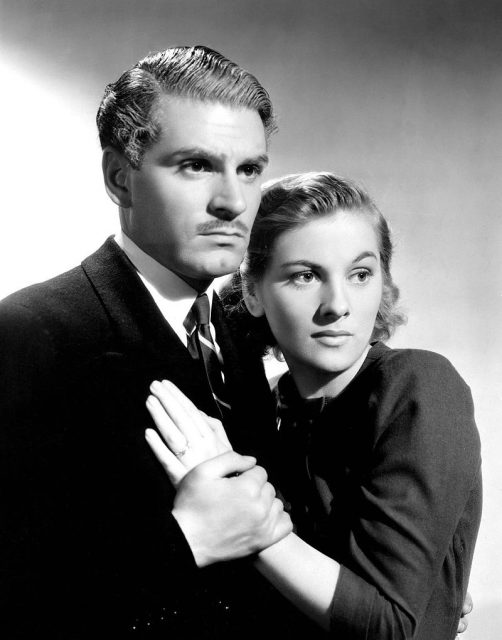
Rebecca won the Academy Award for Best Picture, the prize going to Selznick International Pictures and David O. Selznick, a huge triumph for the producer. And it was a success for Hitchcock as well. After several more tense film productions, the ordeals with Selznick motivated Hitchcock to borrow money to produce films such as Suspicion and Lifeboat. Meanwhile, Selznick went through a divorce from his spouse, Irene Meyer, and ended up in therapy.
In 1945, Selznick and Hitchcock reunited for the creation of Spellbound in 1945, starring Gregory Peck and Ingrid Bergman. This time, Hitchcock had to cope not only with Selznick’s regular meddling but with Selznick’s idea of consulting his therapist as a technical adviser. To pay him back for the inconvenience, Hitchcock hired Salvador Dali to create the dream sequences.
After the ties between Selznick and Hitchcock were finally cut with the 1947 melodrama The Paradine Case, Hitchcock decided to serve his revenge in the best way: cold, and in this case, onscreen. When developing the look of the Rear Window villain, he came up with a tall, stout man with curly gray hair and spectacles exactly like those worn by Selznick.
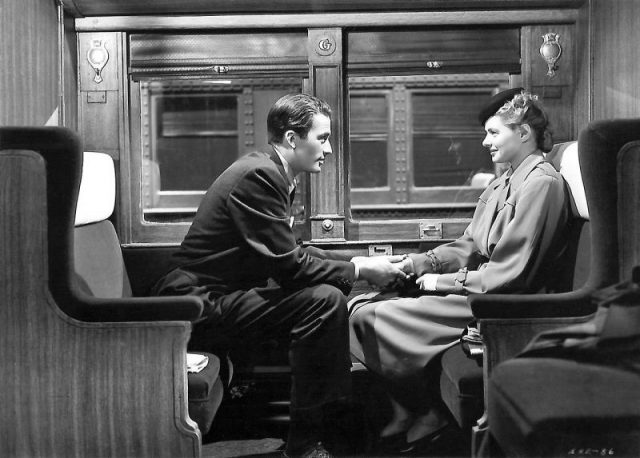
During rehearsals, he showed Raymond Burr how to imitate the producer’s posture, movements, and mannerisms, for example, the way he stood when using a telephone. Hitchcock’s revenge mission was successfully completed–the murderer Lars Thorwald looked a lot like Selznick. The reaction of the producer can only be imagined.
The delicate relationship between the stubborn director and the authoritative producer was recorded in the 1987 book Hitchcock and Selznick by Leonard J. Leff, and presented onscreen in the 1998 film Hitchcock, Selznick and the End of Hollywood. The book argued that “Hitchcock did not succeed despite Selznick any more than Selznick succeeded because of Hitchcock.” Their unhappy teamwork produced some successful films, and Spellbound earned both men Oscars, making even more established Hitchcock’s career in Hollywood. As for Selznick, he produced only a few more films before the final decline of his career.
